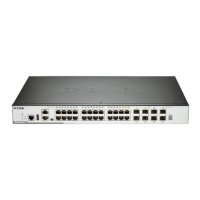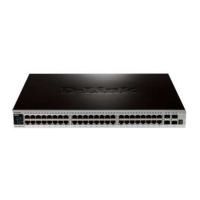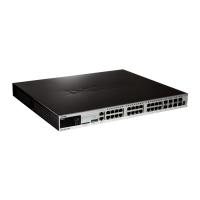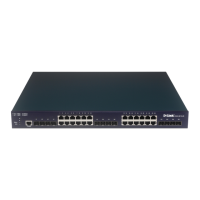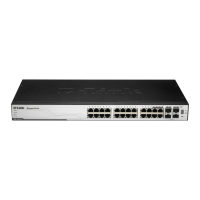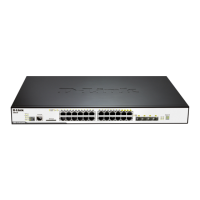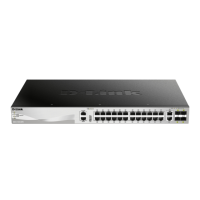DGS-3630 Series Layer 3 Stackable Managed Switch Web UI Reference Guide
459
Figure 9-6 The Authentication Server
Authenticator
The Authenticator (the Switch) is an intermediary between the Authentication Server and the Client. The Authenticator
serves two purposes when utilizing the 802.1X function. The first purpose is to request certification information from
the Client through EAPOL packets, which is the only information allowed to pass through the Authenticator before
access is granted to the Client. The second purpose of the Authenticator is to verify the information gathered from the
Client with the Authentication Server, and to then relay that information back to the Client.
Figure 9-7 The Authenticator
Three steps must be implemented on the Switch to properly configure the Authenticator.
• The 802.1X State must be Enabled. (Security > 802.1X > 802.1X Global Settings)
• The 802.1X settings must be implemented by port (Security > 802.1X > 802.1X Port Settings)
• A RADIUS server must be configured on the Switch. (Security > RADIUS > RADIUS Server Settings)
Client
The Client is simply the end station that wishes to gain access to the LAN or Switch services. All end stations must be
running software that is compliant with the 802.1X protocol. For users running Windows 7 and later, that software is
included within the operating system. All other users are required to attain 802.1X client software from an outside
source. The Client will request access to the LAN and or Switch through EAPOL packets and, in turn will respond to
requests from the Switch.
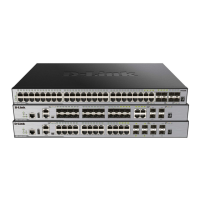
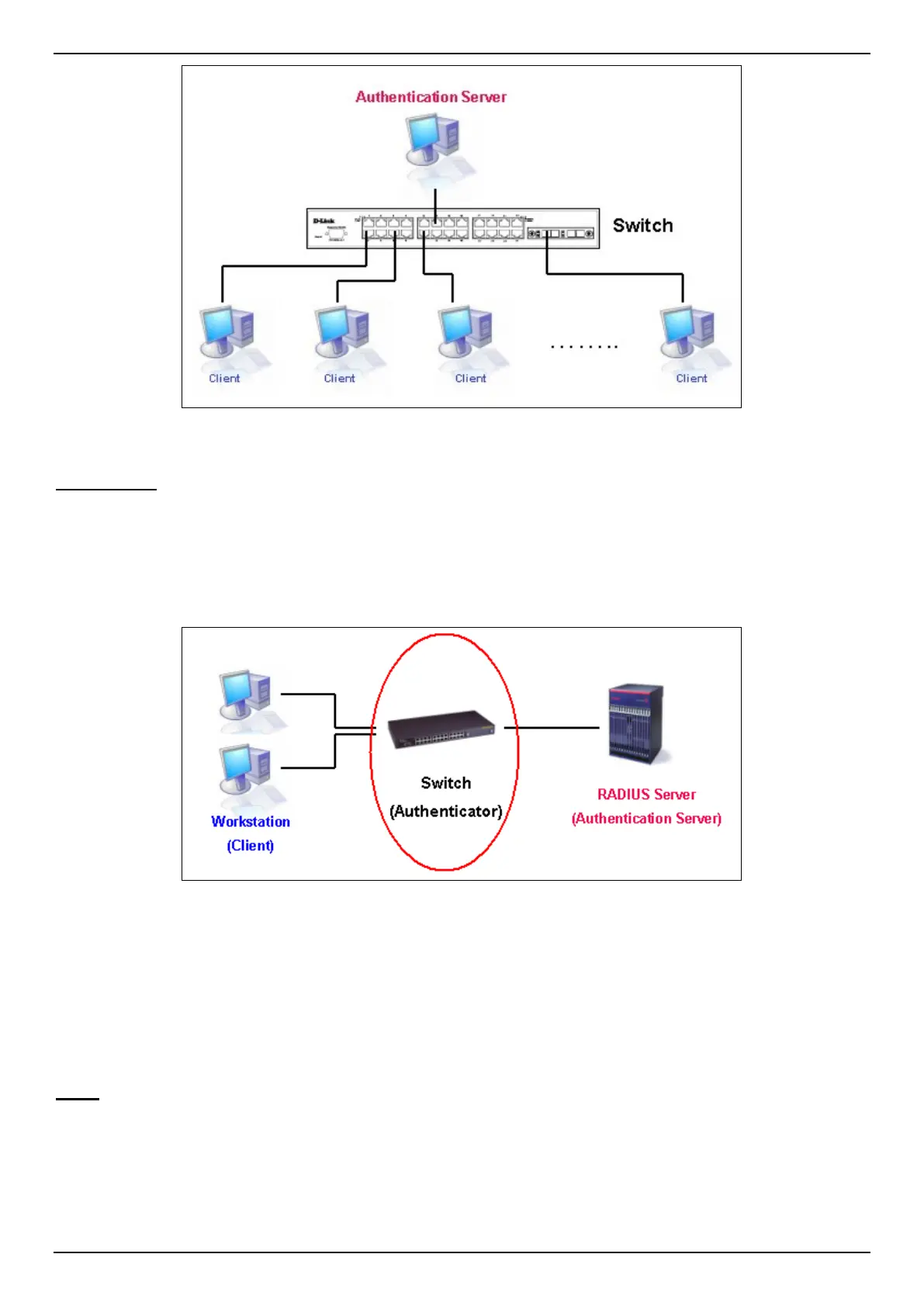